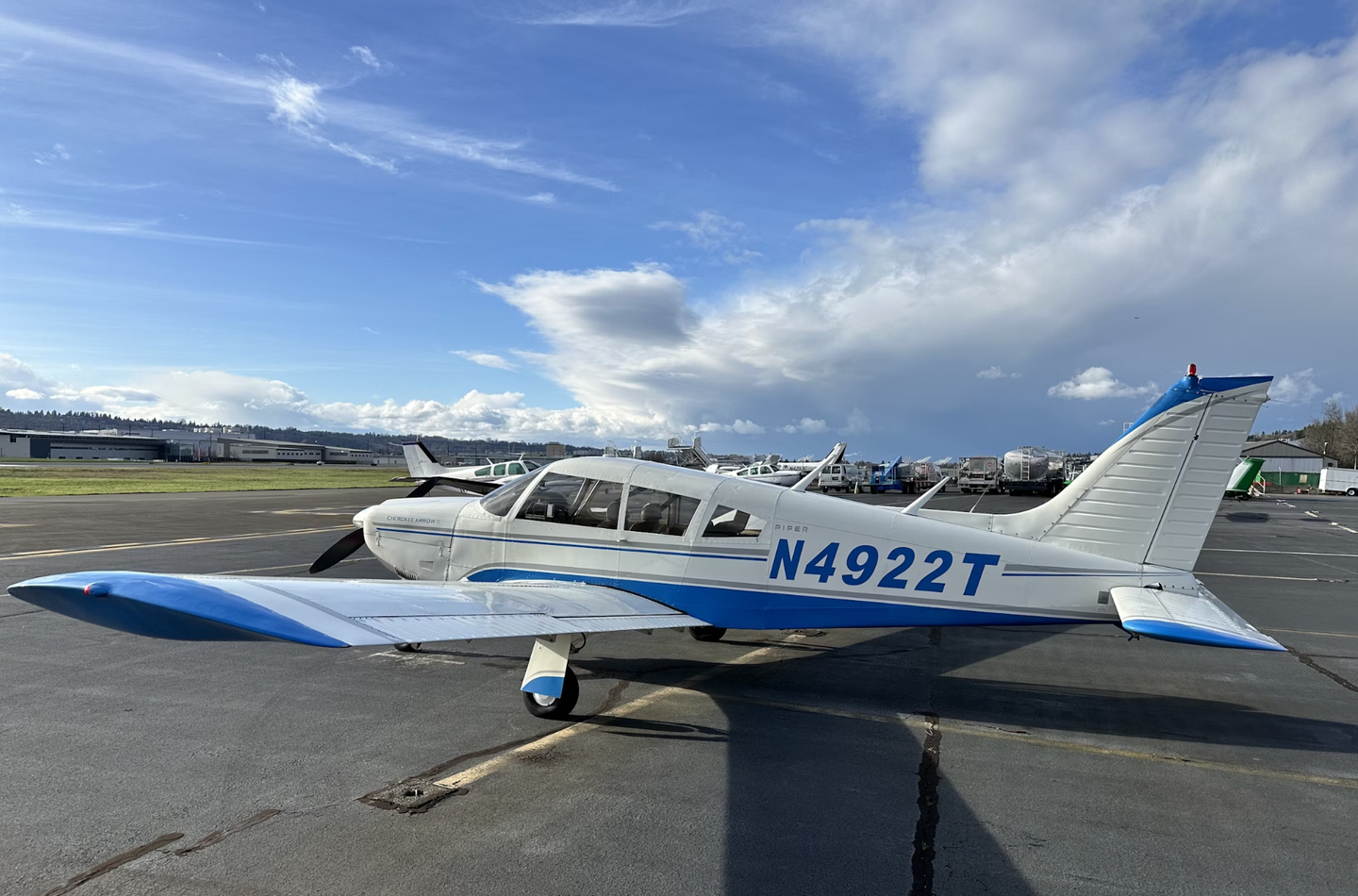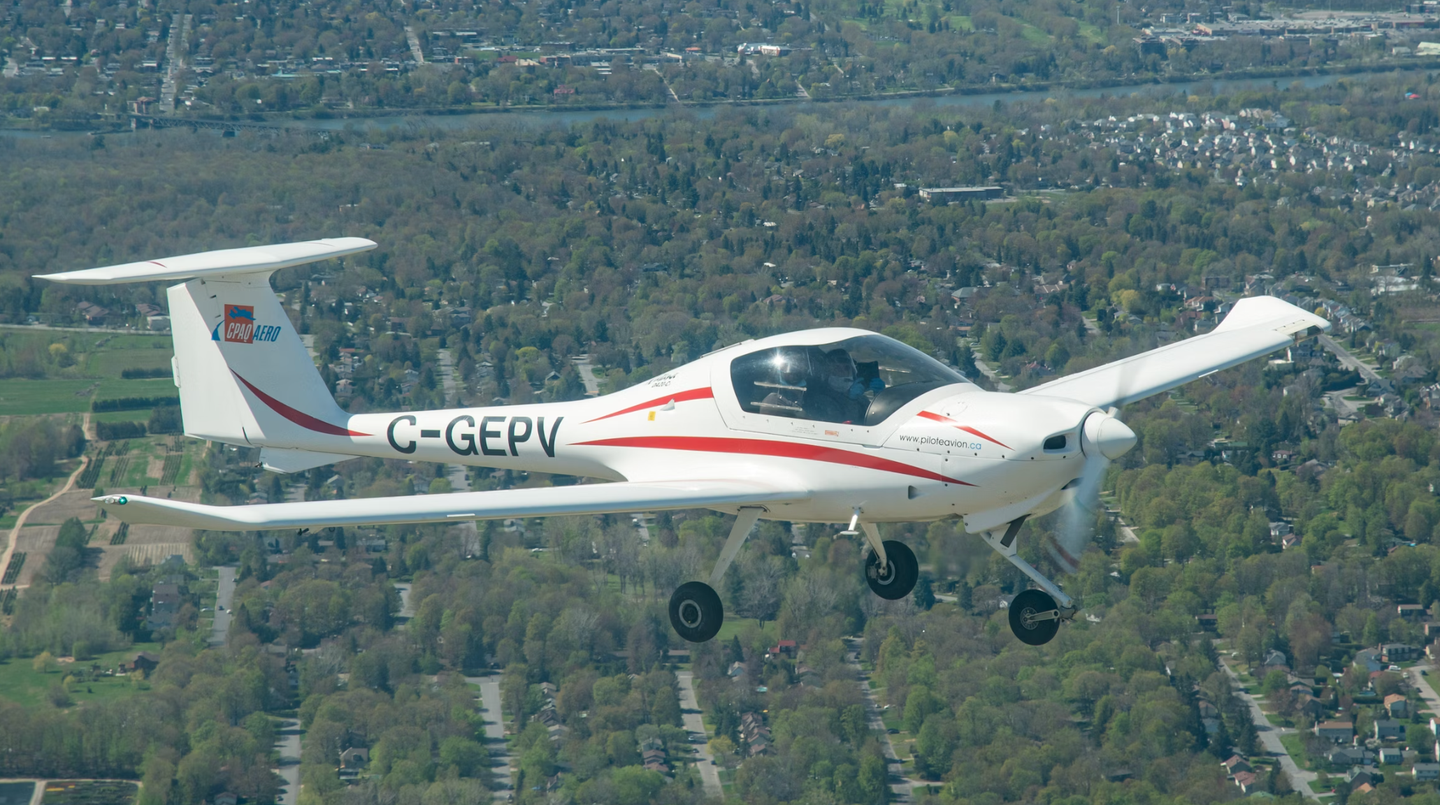Affordable Aviation Grows With New Aircraft
The latest models in the light sport and ultralight worlds debuted this spring.

Junkers A50 [courtesy Junkers]
After a drought of new designs during 2020–21, the spring of 2023 shows incredible promise. And it’s not just the high end of the general aviation market seeing an infusion of life.
In fact, the light sport (U.S.) and ultralight (European Union) segments are in a period of hot growth, with a wide range of models hitting the scene, from both well-known and just-starting-out manufacturers.
At the Sun ’n Fun Aerospace Expo in Lakeland, Florida, in late March, we witnessed the dramatic entrance of two new LSAs going through the acceptance process—the Junkers A50 and the CubCrafters Carbon Cub UL—along with the Rotax 916iS that promises up to 180 hp in a turbocharged package. While all have ties to Europe, they will be manufactured in the U.S.
Crossing the Atlantic to AERO 2023 at Friedrichshafen, Germany, we saw not only the Junkers A50 joined by the A60—and the new Rotax on display—but also the big splash into the market of Elixir Aircraft’s first two-seat model. Already certified under the European Union Aviation Safety Agency’s (EASA) CS-23 regulatory basis, the Elixir has been picked up by several flight schools on both sides of the pond.
Though new prices for each aircraft fall into the $190,000 to $300,000 range—and push the idea of affordable aviation—they represent significant value over the traditional four-seat designs long promoted by the major aerospace OEMs.
This trio of aircraft also hit the mark in another area of affordability—relatively low operating costs. The Elixir achieves this through its efficiency, both of design and fuel burn, while the Carbon Cub does so in terms of performance. All use Rotax engines, well known for their ability to sip fuel. A low parts count and good support networks—and in the case of the Carbon Cub, the ability to perhaps be part of the building and maintenance processes—will keep the costs on the low end.
That way you can spend more time in the air, where you belong.
Junkers A50
The open-cockpit A50 Junior special light sport aircraft (SLSA) crafted of corrugated metal gained FAA acceptance in February—and the throwback to the golden age of flight made its grand entrance at Sun ’n Fun in March.Junkers Aircraft—now the parent company to the WACO marque as well—hosted an introductory event at its WACO Kitchen restaurant at the Sheltair FBO at the Lakeland Linder International Airport (KLAL) the afternoon before the official opening of the show on March 28.
In Battle Creek, Michigan, Euro-pean businessman Dieter Morszeck has invested more than $30 million to create a modern airplane factory capable of producing such complex yet handsome designs as the WACO biplanes. For 2023, that facility has a new occupant, Junkers Aircraft.
Both are owned by Morszeck, who made his money in the luggage business. His brand, Rimowa, is known widely for its corrugated exterior, causing an earlier Junkers aircraft built similarly to be dubbed the “flying suitcase.”
Taking the 1929 design from Hugo Junkers and updating it to the modern era, Junkers Aircraft has begun manufacturing the two-seat, low-wing, aluminum-skinned sport airplane at its U.S. facility in Michigan.
The original 80 hp Armstrong-Siddeley Genet radial engine has been swapped out for the 100 hp Rotax 912iS with a two-blade, ground-adjustable MT propeller. In the rear cockpit—from which the day-VFR-only airplane is flown when solo—the Garmin G3X with a 10.6-inch display provides for overall aircraft control and navigational power, with a companion 7-inch G3X display up front.
Other safety improvements over the traditional design include a Beringer braking system and Galaxy ballistic recovery parachute. The airplane has already come in under SLSA parameters with a maximum takeoff weight of 1,320 pounds and suitability to the training environment—particularly if you would like to evoke the golden age of flying as you learn the basics.
The first 29 aircraft are offered at €179,000 or about $193,500 at current exchange rates. An A60 model with side-by-side seating is also in the works.
Price: $193,500 (first 29)
Powerplant: Rotax 912iS
Seats: 2
Max cruise speed: 111 knots
Endurance: 5 hours
Max useful load: 615 lbs.
Takeoff distance, over a 50-ft. obs.: 984 ft.
Landing distance, over a 50-ft. obs.: 1,355 ft.
CubCrafters Carbon Cub UL
CubCrafters has never before made an aircraft powered by a Rotax engine. Images accompanying this article portray its first example using the 9-series engine in a model intended for production. Most of its factory pilots or dealers have never flown behind a Rotax.
Yet the Carbon Cub UL is also the first aircraft in the world to be fitted with the Austrian engine maker’s newest 916iS powerplant. Why did the Washington state company do this?
One main reason given by Brad Damm, the company’s vice president of sales and marketing, is that customers asked for it. However, Damm has several other good explanations that he shared.
“We invested in several new technologies to make the Carbon Cub UL even lighter and better performing than its predecessor, the Carbon Cub SS,” said the company in a media release. “The goal is a new airplane that features multi-fuel technology (mogas and/or avgas), fully meets ASTM standards and carries two adult people with a full fuel load and a reasonable amount of baggage at a takeoff weight of 600 kilograms or 1,320 pounds.”
Key to the development of the new aircraft is CubCrafters’ collaboration with BRP-Rotax, said CubCrafters, because the engine maker chose to launch its new 160 hp turbocharged engine on the Carbon Cub UL. The new 916iS engine is lighter, more fuel efficient, and thanks to turbocharging can produce more power than the normally aspirated CC340 engine on the Carbon Cub SS especially in higher density altitude scenarios.
“Our Carbon Cub was first introduced in 2009 and has been a successful aircraft for both CubCrafters and the entire backcountry flying community,” said Patrick Horgan, CubCrafters president and CEO. “Now, we’re reimagining the Carbon Cub by incorporating the latest in pre-preg composites, more titanium components, and innovative manufacturing techniques, along with the best new engine and avionics technologies for even more performance and versatility.”
Emphasizing the company’s global aspiration, Horgan added, “We believe this aircraft will make a major contribution to unlocking the enormous potential of the international marketplace.”
The production version of the new aircraft is slated to be initially built, certified, and test flown as a light sport aircraft at the CubCrafters factory in Yakima, Washington. But it will also meet ultralight category requirements in many international jurisdictions. “The aircraft can remain in the LSA category for our customers in Australia, New Zealand, Israel, and even the United States, but it can also be deregistered, exported, and then reregistered as an ultralight category aircraft in many jurisdictions in Europe, South America, and elsewhere,” said Damm.
“This is a concept we’ve looked at for the last several years. Our kit aircraft program has always been strong in overseas markets, and now we are very excited to have a fully factory assembled and tested aircraft to offer to our international customers,” Damm concluded.
The cockpit of the Carbon Cub UL should be familiar to Carbon Cub SS drivers. The UL concept of a lighter and even better performing version of the Carbon Cub for international markets was first seen during a pubicity stunt in Dubai, United Arab Emirates. A technology demonstrator version of the aircraft was able to successfully land and take off again from a 27-meter (about 90-foot) diameter heliport suspended 56 stories above the ground atop one of Dubai’s iconic skyscrapers, the Burj Al Arab hotel, as part of a recent Red Bull project meant to inspire audiences worldwide.
—Dan Johnson
Price: TBD
Powerplant: Rotax 916iSc, 160 hp; turbocharged
Seats: 2
Max operating altitude: 17,000 ft.
(based on engine specs)
Max useful load: 1,320 lbs.
Takeoff distance, over a 50-ft. obs.: TBD
Landing distance, over a 50-ft. obs.: TBD
Elixir Aircraft
Elixir Aircraft, a new French manufacturer, has gone from zero to delivering airplanes in just eight years.
The low-wing two-seater is powered by the 100 hp Rotax 912iS, and it’s well suited to the training mission for which the company has marketed it. It’s already certified under EASA CS-23 and is currently undergoing FAA validation. The Elixir features a simple cockpit in its most cost-effective version with standard features, though it’s still capable enough for IFR training—with the Garmin 3X Touch, G5 electronic flight instruments, and GTN 750 NXi multifunction display in the cockpit, along with its Smart Glide functionality, and a GI260 angle of attack indicator.What sets the spin-resistant airframe apart is its minimum of parts—the composite structure has been designed from OneShot carbon fiber components and has no spar, ribs, or stringers. The low parts count not only helps achieve manufacturing efficiencies but also drives a lower operating cost, as little as $37 per hour. Robust landing gear also serves well for student laps around the pattern. A BRS ballistic parachute recovery system comes standard.Elixir plans another model, powered by the 140 hp Rotax 915 series and targeted to private buyers on an IFR mission. It will feature a full glass cockpit as well.
The company has delivered 10 units since February 2022, with plans to scale up production at its facilities in La Rochelle-Île-de-Ré airport (LFBH) on the west coast of France. In early May, it passed the 100-employee mark, and it has new funding in progress for building out additional facilities. With agreements signed by Mermoz Academy in France and Cirrus Aviation in Sarasota, Florida, the trajectory of the Elixir appears to be headed nowhere but up.
In fact, the company is already planning with its U.S. partners to develop a final assembly center in the Sarasota area, with the intention to continue to build the aircraft in La Rochelle, and then containerize them for shipment to Florida and reassembly. The move will give the company an important footprint in the North American market—and in particular for the multiplicity of flight training organizations it hopes to serve. The company’s founders also belive its young average age—in the mid-30s—assist it in the flight training market.
Price: $300,000 (estimated)
Powerplant: Rotax 912iS, 100 hp
Seats: 2
Max cruise speed: 125 knots, eco cruise
Climb rate: 800 to 1,300 fpm
Endurance: 6 hours
Max baggage weight: 55 lbs.
Takeoff distance: less than 1,000 ft.
Landing distance: less than 1,200 ft.
Editor's Note: This story originally appeared in the July 2023 issue of Plane & Pilot.

Subscribe to Our Newsletter
Get the latest Plane & Pilot Magazine stories delivered directly to your inbox






